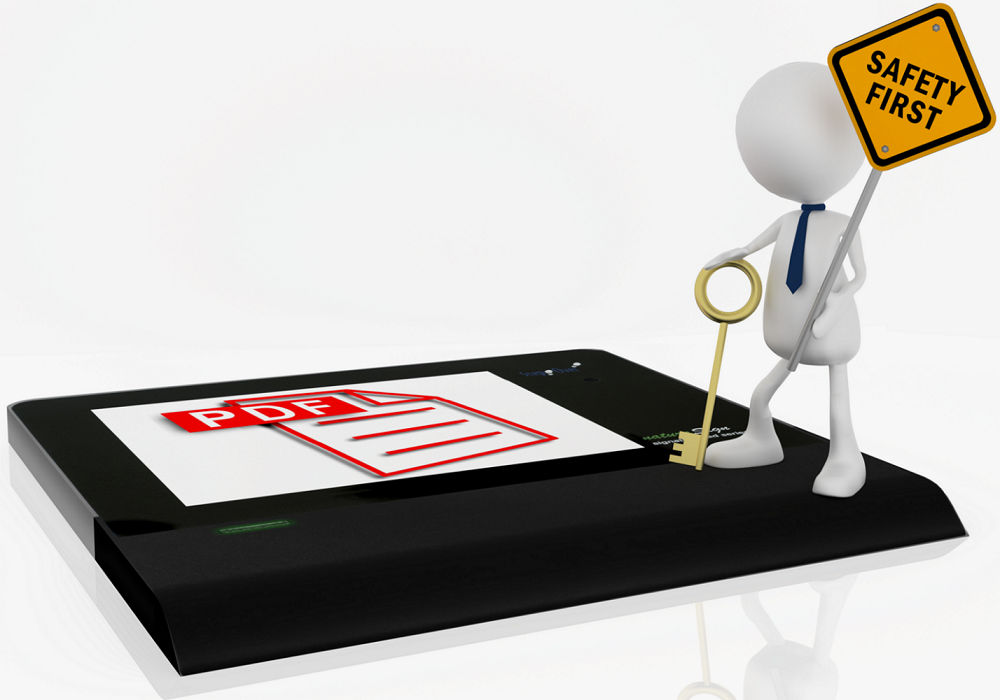There are actually three ways to make sure you send documents securely over email: encrypt the entire email, password-protect the file, and on-demand, remote cloud-based email services. You obviously want to use one or all of these methods. Let’s go over the different options available to secure your email documents in this article. With a bit of effort, you’ll be able to send documents with confidence that they will arrive safely.
Most people don’t want to lose control over their sensitive documents; they want to send documents to the recipient in a form that ensures complete confidentiality. Encrypting the email ensures that the recipient can’t open the file without the proper password. Passwords are often used by businesses to help them control access to sensitive documents and information. For example, if a business has clients who need to access confidential data and information from a computer, they would need to set up a system to access that file online using a password so no one else could gain access to it.
Password protection on documents is another way to securely send documents by ensuring that sensitive information isn’t accessible to anyone. Still, those who need to read it (for example, an accounting file contains sensitive information) can limit the number of people who can read it. This is particularly important if you are selling your product. Someone may download your e-book to their personal computer and read all the information contained therein; if they had the password to get into that account, they wouldn’t be able to take the information.
A third option to help you send documents securely involves the use of file locking. Using a file lock will prevent others from opening certain types of files, such as PowerPoint presentations or PDF files. If you want to send a document to a client, but you don’t want to tell them how that file is protected, you can request that they put a file lock on it. You can also request that they hide the file from view on the Internet, although this is more difficult than having a file lock on a PDF file.
Another option to send documents securely when sending emails is to send encrypted emails. Encrypted email can be thought of as a digital envelope. When an email is encrypted, it prevents the body of the email from being read (although the sender’s address and information aren’t encrypted). In other words, it makes the electronic message harder for people to intercept, either by snooping on a computer in the person’s house or by someone who knows how to decrypt the message and use it themselves.
The best way to securely send documents when sending emails is to avoid sending anything to a recipient they may not want. It’s important to never send confidential material such as financial or personal information through unsolicited email, nor any sensitive material to be used to commit a crime. The same goes for any information that can be used to harm the reputation of a company, individual, or government agency. Even if a recipient has requested that you send them something confidential, you should never do it. Even if the recipient doesn’t want the information, someone interested in what you have to say probably wants the information.
Additionally, you must send sensitive information online when working with a network that requires a secure server to access it. Many businesses find that they need to hire a professional company like Attorneys Vault who specialize in the secure email to conduct business online. When you’re working with a company that provides this kind of service, you can be sure that your confidential information is being protected at all times. Companies that provide this kind of service can also take care of the encryption for you, so there is no need to worry about learning how to perform the necessary encryption on your own. Instead, you can simply forward the confidential information and never have to worry about it being read.
In short, everyone needs to learn how to send sensitive documents securely. If a person is sending you sensitive information from a computer, you should never open it up until you know what the sender is doing with it. Even if the computer has a security feature that prevents you from seeing the contents of the email, you should never click on anything on the sender’s computer without first making sure you understand what is going on. If you receive a sensitive email from someone you don’t know, always read it before responding to the sender.



